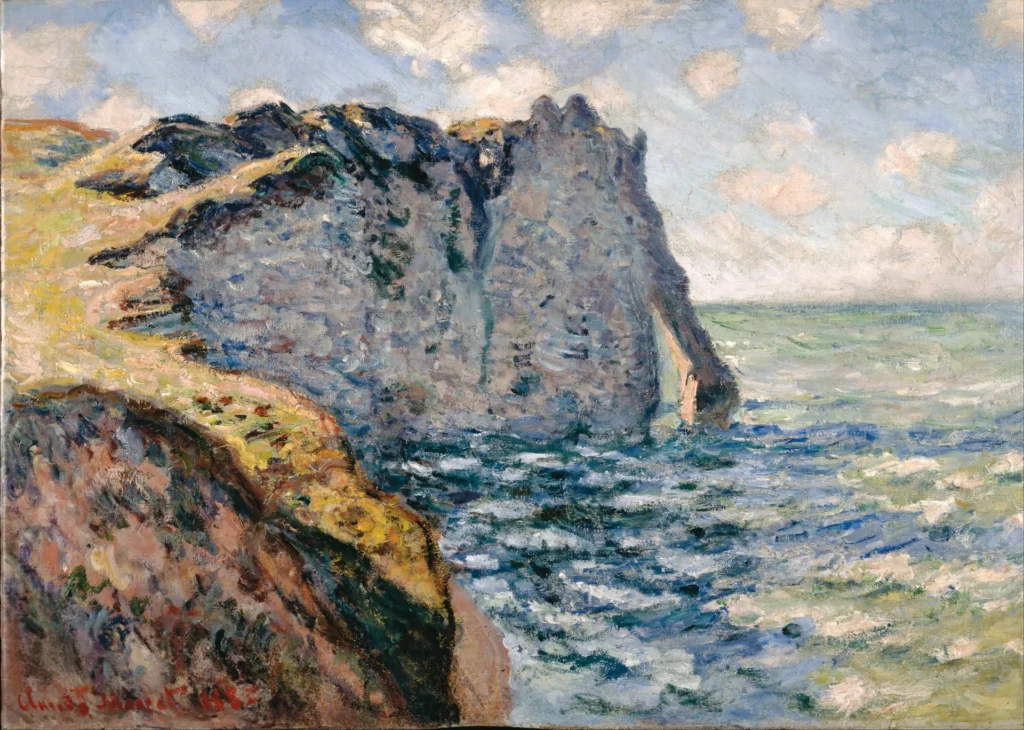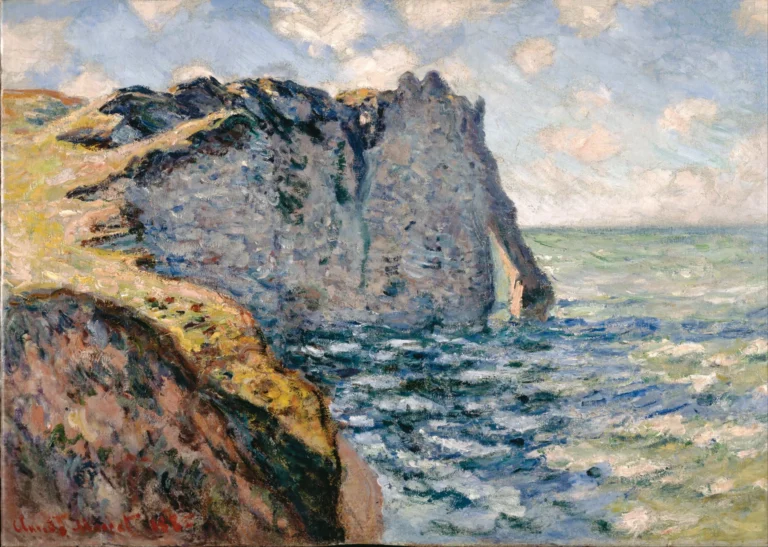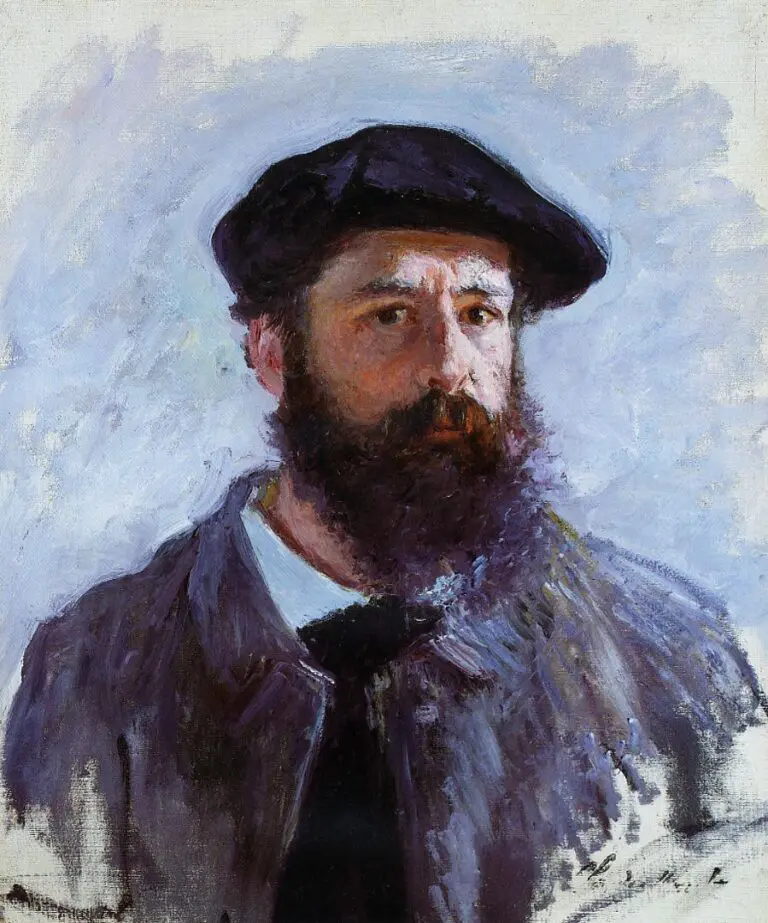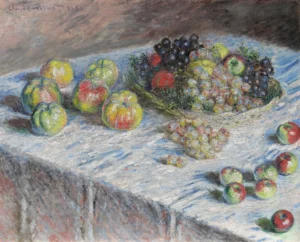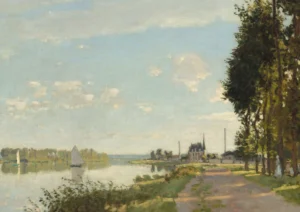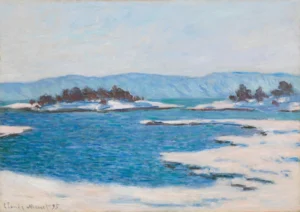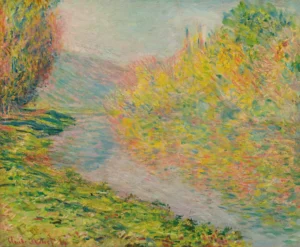The Cliff of Aval, Etrétat (1885)
Created in 1885, Claude Monet's 'The Cliff of Aval, Étretat' is a remarkable piece that portrays the distinctive Porte d'Aval arch and the needle-like rock formation amidst the stunning cliffs of Normandy. Monet's Impressionist style is evident in the loose brushwork, focusing on the interplay of light and color. This painting is part of a broader series in which Monet explored the cliffs under varying conditions and times of day, revealing his deep connection to the natural landscape and his innovative artistic approach.
Year 1885
About the Artwork
The artwork 'The Cliff of Aval, Étretat' is one of many that Monet created while immersing himself in the breathtaking coastal scenery of Normandy. Monet stayed in the area frequently, capturing the dynamic features of the cliffs that inspired countless other artists. The Porte d'Aval and the towering cliffs became iconic symbols of French natural beauty. Monet sought to portray not only the geographical features but also the emotion and atmosphere of the scene, often working en plein air—directly in front of the landscape. This series reflects Monet's artistic evolution and his always-present passion for how light shifts and dances across surfaces, bringing life to the canvas and creating a sense of movement.
Did You Know
Monet was deeply inspired by the natural beauty of Étretat, often traveling there to capture its changing vistas. His numerous paintings of the cliffs reveal not only his fascination with the landscape but also his commitment to capturing the transient effects of light.
Monet’s Impressionist style marked a significant departure from traditional methods, with a focus on direct observation. He often began painting outdoors and completed his works in the studio, experimenting with color and light.
Monet’s depictions of the Étretat cliffs contributed significantly to the tourism and cultural appreciation of the area, leading many visitors to seek out the picturesque landscapes immortalized by his brush.




